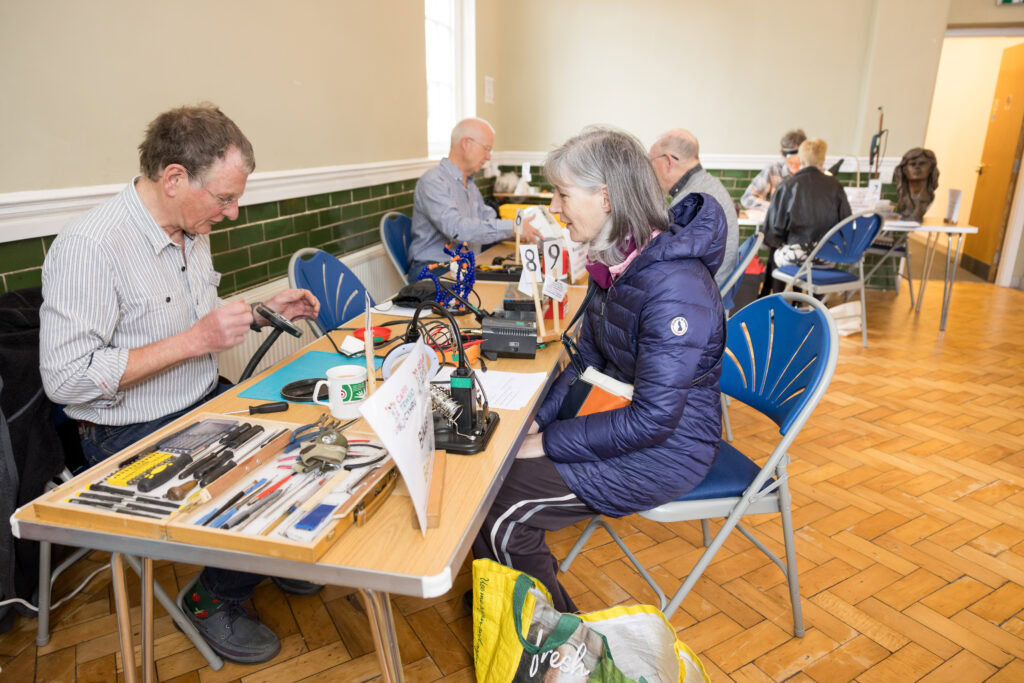The new system will see up to 460 Envac waste inlets installed in the 178-hectare site, which was formerly occupied by Barking power station. This, according to Envac, will provide a 98% reduction in containers and a “significant” reduction in the number of waste collection vehicle movements.

The inlets will have two options, residual waste and commingled material. These are designed to be installed in a wall or retrofitted as a bin outside. This is where residents will dispose of their waste.
A computer controlled evacuation then takes place, one fraction at a time. The waste is then sucked out through a network of underground pipes, measuring 40km in length. Fans will then create the partial vacuum that sucks waste through to the reception facility in the terminal station, where waste is then directed to the right container.
Riverside
Barking Riverside is a large area of redevelopment in East London which was granted planning permission in 2007 for 10,800 new homes, with the hope of housing 29,000 people.
It will also include three new schools and several different businesses. It is due to be fully completed by 2034.

Barking Riverside selected Envac to handle the waste in a move it says will also reduce carbon emissions, as there will be less need for refuse collection vehicles with this type of technology.
Two waste fractions, residual and mixed recycling, will be collected via the waste inlets. Once the inlets are full, or at set collection times, the process then begins.
Envac say that each automated collection cycle for the entire 178 hectare site will take minutes as opposed to multiple waste collection teams and vehicles taking all day to empty on-street bins.
Barking Riverside London have said that the system’s inclusion will reduce waste vehicle-related carbon emissions by at least 90 per cent. Envac estimates that the system will replace hundreds of daily empties required to service 19,000 bins, made possible by having eight industrial vehicles running full time every day.
Buckley
Dave Buckley, managing director of Envac UK, explained that the move to this type of technology is becoming more and more common, particularly in London.

He said: “We are now beginning to see a huge shift in the way major developments tackle waste collection. Whilst Envac can be used as a way in which to free up space generally assigned to bin storage for further commercial development, such as building more apartments, Barking Riverside London has taken the decision to install it simply because they want to make the site as pleasant a place to live as possible.”
Mr Buckley concluded that as London’s population continues to rise and the “physical and aesthetical limitations of rolling out more bins become apparent”, Barking Riverside has demonstrated a “strong and long-term” commitment to the environment.









Subscribe for free